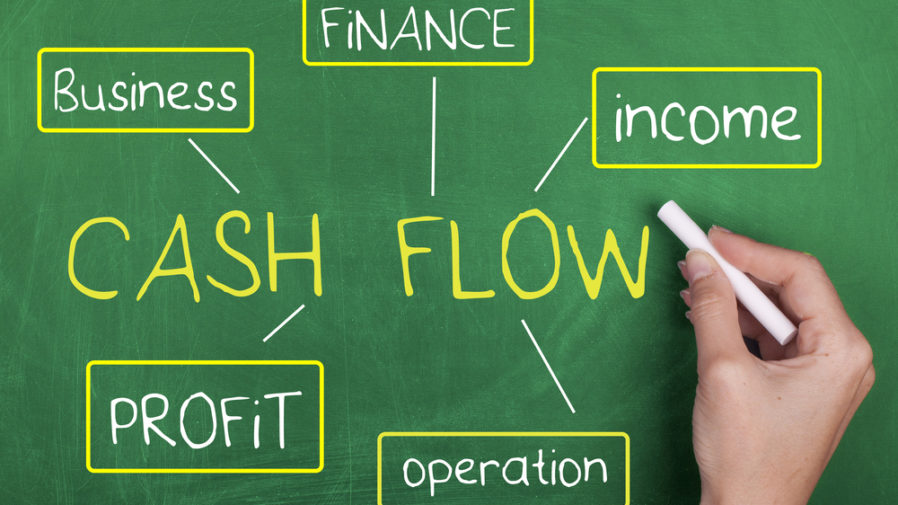
Creating an effective reward strategy
In the current challenging trading environment, many firms are asking more and more of their team. As such, having an effective reward strategy has never been more important.


In the current challenging trading environment, many firms are asking more and more of their team. As such, having an effective reward strategy has never been more important.

Virtual meetings: Over the course of the past few months, we have all had to adapt to working remotely. Despite lockdown restrictions, many businesses have found ways to move their operations online, with all staff working remotely.

For VAT purposes the definition of a motor car has been amended several times over the years. The current definition states: “Motor car” means any

The calculation of Coronavirus Job Retention Scheme grants has proven to be complex, particularly as HMRC frequently changed the rules and the method of computation. Consequently, many errors have arisen and need to be corrected. The latest Finance Act requires employers to notify HMRC within 90 days where it turns out that they were not entitled to receive the furlough grants and there is a penalty for failure to notify them.

Although the temporary increase in the Stamp Duty Land Tax (SDLT) threshold to £500,000 was aimed at those buying their main residence, it also benefits those buying a second or subsequent property where there is a 3% supplementary charge.

When the Chancellor announced a temporary cut in the rate of VAT for the hospitality sector and attractions in his Summer Statement on 8 July there were a number of areas that needed clarification. The reduction applies to supplies made between 15 July 2020 and 12 January 2021.

Bringing your employees back from furlough is not a straightforward process. As furloughed employees begin to return to work, business owners and managers need to consider both the practical and emotional aspects of returning to “normal”

Second self-employed income support grants to be paid in August:
On 29 May the Chancellor announced that the grant scheme to support the self-employed would also be extended with a further payment based on 70% of average profits for the 3 years ended 2018/19, limited to £6,570 rather than £7,500.

From 1 July the new CJRS “Flexible furlough” grant scheme starts, which will allow employers to gradually bring their furloughed employees back to work part-time. The new scheme will be in place until the end of October and the Government will gradually reduce the amount of grant towards employees’ furlough pay to 70% in September and 60% in October.

During the lockdown period many employees and directors have not been using their company cars and it has been sitting on their driveway. You might think that means that the benefit of having a company car does not apply but unfortunately HMRC do not agree.

The latest Finance Bill includes important changes to private residence relief that took effect from 6 April 2020.
The first change is to limit to just 9 months the period prior to disposal that counts as a period of deemed occupation

Furlough Scheme (CJRS) claims portal opened on Monday 20 April and early indications are that it seems to be working smoothly but with a few teething problems as you would expect from a brand-new system.

Some businesses are going to need to “mothball” or “cocoon” until the Government considers the Pandemic to be of lower risk and trading conditions improve.

In times of uncertainty we are seeing the demand for advice increase. We understand the frustrations our clients who are self-employed or freelance.

Now might be the time to think about new equipment for your company. Your business year-end, not 5 April, is relevant for capital allowances purposes. If however you are running a business and making up accounts to 31 March or 5 April you should consider buying plant and machinery to take advantage of the £1 million Annual Investment Allowance (AIA).

If you are looking for tax efficient investments opportunities, have you considered the Enterprise Investment Scheme (EIS)? These investments in certain qualifying companies allow you to set off 30% of the amount invested against your tax bill as well as the ability to defer capital gains tax (CGT) until the shares are sold.

It is important to manage your staff’s salary expectations. Talking about money with your employees can be uncomfortable. Even when you have good news for an employee, discussing pay can be difficult.

HM Revenue and Customs (HMRC) is proposing to married couples and those in civil partnerships to sign up to a £250.
Marriage Allowance lets you transfer £1,250 of your Personal Allowance to your husband, wife or civil partner.

The word innovation can conjure up images of disruptive developments such as online streaming services or companies such as Uber, but you can still be an innovation champion. Fortunately, innovation doesn’t have to happen on a grand scale to make an impact in your business.

Individual’s 2018/19 income tax, CGT, class 2 and 4 NIC liabilities should have been paid by 31 January 2020.

Cash flow is king in any business. Yet cash flow is one of the areas that many businesses struggle to manage. Customers are reluctant to part with their money, even if it’s to pay for your goods or services. As such, it can take a while for them to pay their invoices.

Having a good strategy is one thing, executing it well can be a huge challenge.
Many business owners and managers are familiar with the scenario – you arrange a strategy day with your team, capture the outputs and create a strategic plan.

Office space is expensive. Do you really need to have a dedicated desk for each and every employee? Recent years have brought a lot of changes to the office environment, particularly as technology develops and the next generation of employees has come through to management.

The environment, wellbeing, mental health and technology look set to be some of the big business trends in 2020. As we move into 2020, businesses will have to adapt in a world that places greater emphasis on sustainable business practices. People will want to work for firms that take care of their employees in terms of their physical and mental health.